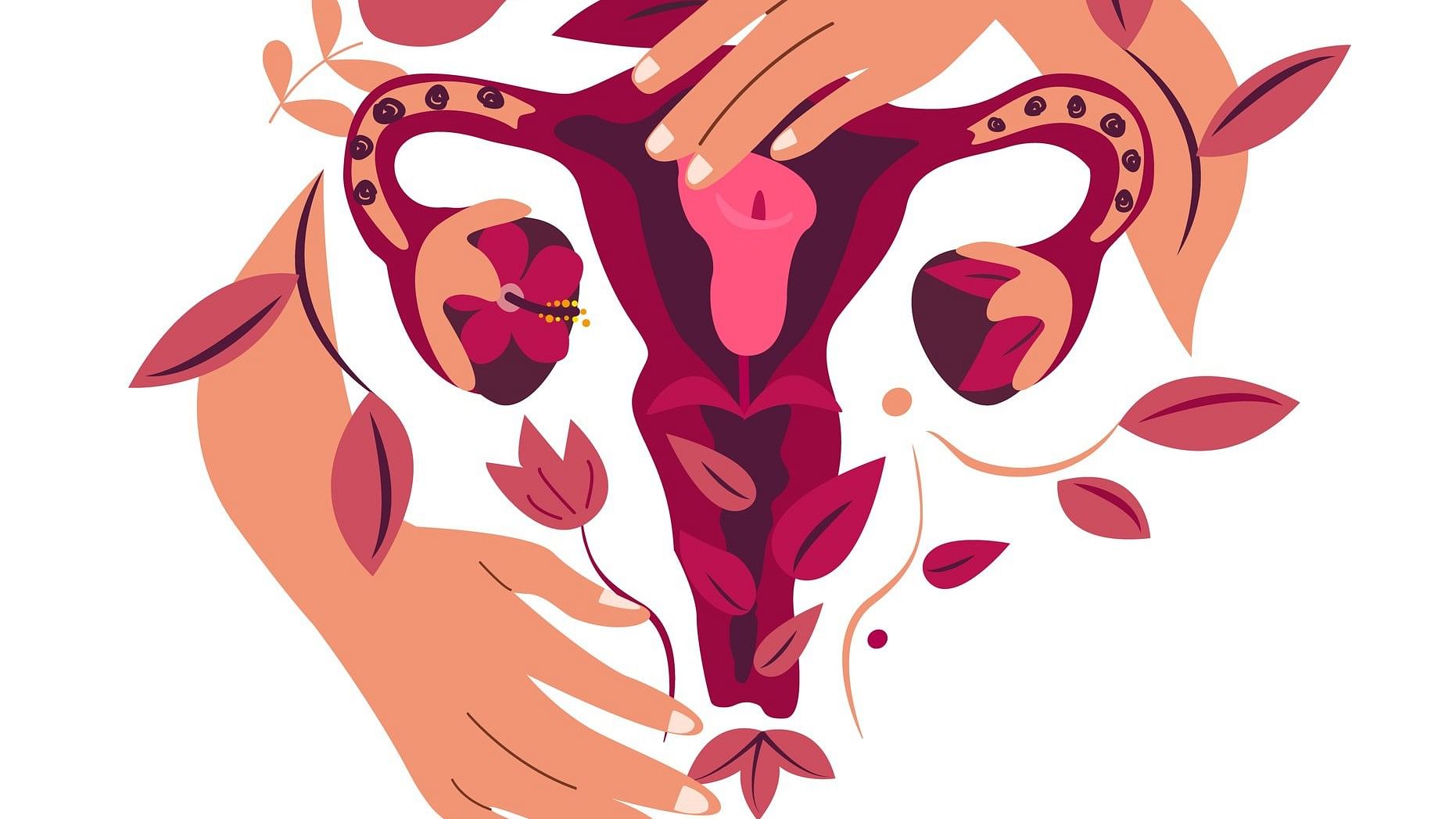
Representative image for HPV vaccine protection.
iStock Photo
An interest in cervical cancer prevention — the second most fatal cancer among Indian women — has recently garnered attention in India. Prominent figures like Finance Minister Nirmala Sitharaman and Sudha Murty have advocated for HPV vaccination nationally. However, this focus on vaccination has overshadowed the critical role of cervical screening — a preventive measure that has preceded the HPV vaccine by five decades and slashed cervical cancer mortality worldwide.
For instance, the introduction of organised cervical screening programmes in the Nordic countries in the 1960s led to a more than 50% reduction in cervical cancer incidence. Tests such as the Pap smear — the most widely used cancer screening tool globally — have been instrumental in these successes. Yet, in India, these long-standing methods have not received the proportional attention it deserves. The imbalance in focus between vaccination and screening underscores a critical public health gap that needs urgent addressing to facilitate truly effective cervical cancer prevention.
While the HPV vaccine has been a colossal breakthrough in cancer prevention, its uptake within India continues to remain low due to issues of cost, and supply chain constraints. Importantly, the immediate impact on cervical cancer mortality is minimal, reducing death rates by just 0.1% in the first 20 years. This is because India’s female population in 2024 is approximately 698 million, with around 412 million women aged 20-64 generally considered beyond the typical age bracket for HPV vaccination.
Yet, the near ubiquity of HPV infections means that this enormous population remains at risk for cervical cancer. This is why modelling studies estimate that scaling up cervical cancer screening can reduce mortality by about 34.2%. Comprehensive screening programmes are vital to truly combat the scourge of this disease, which is why the WHO recommends screening 70% of women between the ages of 35 and 45 to eliminate cervical cancer. In India, lifetime screening currently hovers around an abysmal 2%, with half of Indian states having a screening rate that’s less than a full percentage point.
With an estimated overall readiness score of just 0.56 out of 1.0, India’s infrastructure readiness for cervical screening is crucial but faces significant challenges. Despite the launch of guidelines in 2016 and the Ministry of Health and Family Welfare’s claim of conducting 2 crore screenings by 2021, close inspection suggests that facilities for colposcopy and pre-cancer treatment are severely underdeveloped, compounded by a shortage of trained personnel and inadequate quality assurance measures. The variability in preparedness across facilities is a major concern, undermining the standardisation necessary for an effective, large-scale screening programme.
Even with funding for non-communicable disease (NCD) screening, the actual implementation of cervical cancer screening is lacking. Reports from ASHA workers in states like Haryana and Madhya Pradesh paint a grim picture of training gaps and misinformation, leaving many women uninformed about abnormal results or warning signs to watch for. This sobering reality means that too many women are falling through the cracks of the current diagnostic and treatment pipeline.
The World Health Organisation has set an ambitious goal to eliminate cervical cancer by 2030, a target that hinges significantly on India’s success, considering how the country accounts for about 23% of global deaths from the disease. With approximately 78,000 women dying annually from cervical cancer in India — a cancer that is both preventable and curable — there is an urgent need to intensify efforts.
This is not just a matter of public health but a moral imperative to save lives. The stakes couldn’t be higher... failing to act decisively means continuing to lose almost 80,000 of thousands of women every year to a disease that modern medicine has long known how to prevent and cure.
(The author is a physician.)